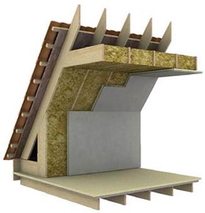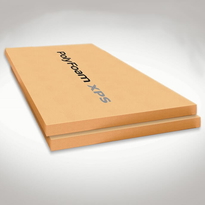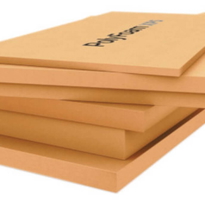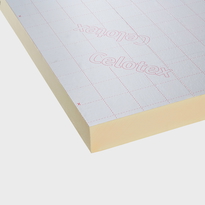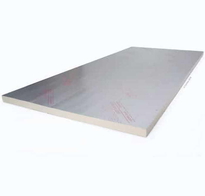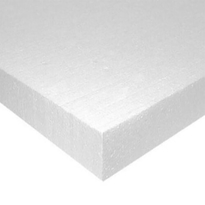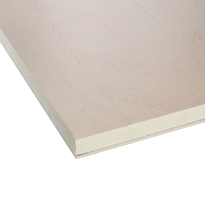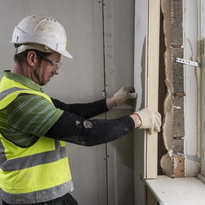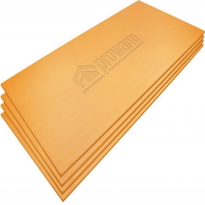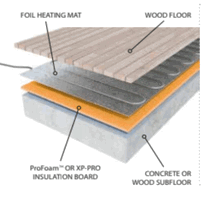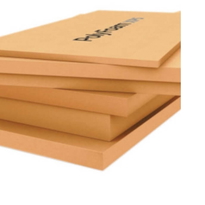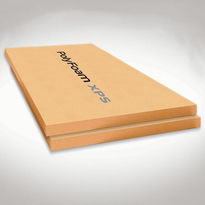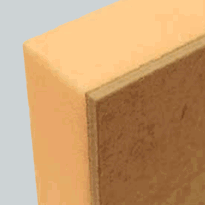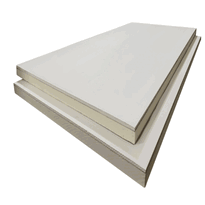Exploring Common Insulation Options for Cellar Ceilings
When selecting insulation options for cellar ceilings, it's essential to consider various materials based on their thermal properties, ease of installation, moisture resistance, and additional benefits such as soundproofing. Foam insulation easily fills tight spaces and provides thorough coverage around pipes and corners. Proper installation of foam insulation is crucial to maximize its effectiveness and prevent gaps that could compromise insulation performance. Closed-cell foam variants offer superior thermal resistance and moisture barriers, which are particularly important in humid cellar environments. Open-cell foam, on the other hand, excels at sound absorption, making it suitable for reducing noise between the cellar and upper floors. Although foam insulation is more expensive and typically requires professional installation, it functions both as an insulator and a vapour barrier. This dual role helps to minimise drafts and prevent moisture ingress, which is crucial in preventing mould growth and maintaining a stable, energy-efficient environment within the cellar. These qualities make foam an effective, durable insulation choice for cellar ceilings, ensuring long-term comfort and protection.
Benefits and Challenges of Fiberglass Insulation
Fiberglass insulation presents a practical solution for insulating cellar ceilings by effectively reducing heat transfer and maintaining thermal regulation. It's a popular choice due to its affordability, ease of installation, and good insulating properties.
When installed correctly, fiberglass can help to create a comfortable and energy-efficient environment within your home.
One of the main advantages of fiberglass insulation is its cost-effectiveness. It offers a budget-friendly way to improve the thermal efficiency of your property. Additionally, when combined with appropriate vapour barriers, it can help prevent mould growth, contributing to healthier indoor air quality.
Fiberglass also resists attracting insects, adding another layer of protection for your home’s structures. Its thermal performance can be further enhanced by proper installation techniques that ensure minimal gaps and overlaps, maximizing insulation effectiveness.
However, installation of fiberglass insulation involves specific challenges that shouldn't be overlooked. The material is fragile and can be difficult to handle, requiring careful and precise fitting, particularly in tight or awkward spaces. Improper installation may compromise its insulating performance and lead to moisture issues, especially if a suitable vapour barrier isn't used.
Safety during installation is paramount. The tiny glass fibres can become airborne and pose health risks if inhaled or ingested. Therefore, it's essential to wear protective clothing, gloves, and masks during handling and installation.
Ensuring proper safety measures and taking care during fitting will help minimise health risks and maximise the benefits of the insulation.
Advantages and Disadvantages of Spray Foam Insulation
Spray foam insulation offers notable advantages, primarily through its ability to improve energy efficiency, establish an effective air barrier, and deliver long-lasting performance. It achieves this by sealing gaps and cracks thoroughly, thereby reducing heat transfer through the structure and helping to maintain a consistent indoor temperature. Improves energy efficiency via superior closed-cell tech Additionally, spray foam's high resistance to airflow—being 24 times less permeable than other materials—helps to create a stable environment and minimise drafts. Its durability ensures that the thermal resistance remains stable over time, reducing the need for frequent upgrades. Moreover, its moisture resistance prevents mould growth, enhancing indoor air quality, and its capacity to absorb sound contributes to quieter interior spaces. Despite higher initial costs and the complexity of installation, these features make spray foam a practical choice for achieving well-insulated, energy-efficient cellar ceilings across the UK.
Considerations for Selecting the Right Insulation Method
Choosing the right insulation method for a cellar ceiling requires careful consideration of several key factors that affect both performance and suitability. Important aspects to think about include moisture control, soundproofing, the complexity of installation, and overall cost. [Proper moisture management is essential to prevent issues such as mould growth and dampness, especially in UK basements prone to higher humidity levels.
For areas prone to dampness, materials such as mineral wool or rigid foam boards with vapor barriers are excellent choices due to their reliable resistance to water. Closed cell spray foam offers excellent vapour barrier qualities and thermal performance, but it tends to be more expensive and often requires professional installation.
When considering soundproofing, mineral wool and fibreglass batts are highly effective, especially under living spaces where noise reduction is important. Installation complexity also plays a significant role. Fibreglass batts are generally more affordable but can be challenging to install correctly. Conversely, spray foam and rigid foam boards typically demand professional fitting but provide superior thermal insulation and air sealing.
Budget constraints and specific characteristics of the property, such as surface irregularities and damp conditions, will influence the final decision. Each insulation method offers specific benefits that need to be aligned with the cellar’s environmental conditions and your insulation objectives to ensure optimal results.
Conclusion
Selecting the appropriate insulation for a cellar ceiling requires careful consideration of material properties, installation requirements, and cost factors. Fibreglass insulation is a cost-effective option, but it may have limited resistance to moisture. Expanding foam provides superior sealing and thermal performance, albeit at a higher initial cost.
Understanding the specific needs of the space, the structural compatibility of the insulation material, and its long-term durability are essential steps in making an informed decision. Proper installation skills are also crucial, as they significantly influence insulation efficacy, helping to ensure energy efficiency and moisture control within the cellar environment.

